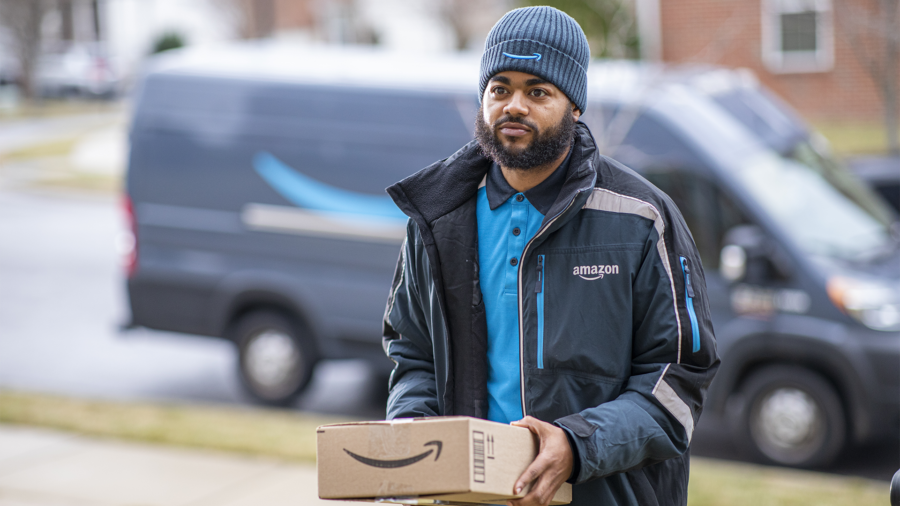Robotics, machine learning, and data analytics helped optimize the Amazon delivery process in recent months. Now, the e-commerce giant’s model could be a standard other retailers look to emulate.
Amazon managed to speed its deliveries and develop algorithms to work out the best delivery routes in a bid to lower costs and decrease carbon emissions. The company said recently it had reduced product touchpoints 12% as it reduced delivery times and reshaped inventory management, Reuters reported.
But Amazon, like other online retailers, is still battling shipping costs.
“Real-time data enables identifying bottlenecks, streamlining operations, and minimizing unnecessary touchpoints,” digital marketer Liam Rafferty told The Food Institute. “Embracing automation, robotics, and AI enhances efficiency and customer experiences.
“Collaboration with local delivery providers and localized infrastructure improves last-mile delivery.”
REGIONALIZED NETWORKS INVALUABLE
Nick Brown, transportation director for enVista, feels Amazon adopting a localized infrastructure strategy was key.
“Amazon has restructured its network into regions, and each region has its own network with all of the necessary SKUs. This results in a reduction of the average distance per item to each customer and fewer internal transfers,” Brown said.
“Other companies operate this way now. As your network and volumes grow, adding additional hubs and regional DCs [distribution centers] at the right time will reduce inventory requirements, lower transportation costs and improve delivery speed.”
Several experts noted Amazon widely uses robots in its warehouses to move merchandise and track inventory. Buying its own delivery vehicles also led to cost savings.
To further reduce costs, Amazon is offering $10 to U.S. customers who have never done so or haven’t done so for at least a year to pick up their purchases rather than having items delivered to their homes, Reuters reported.
“We offer customers a variety of ways to get their packages, inclusive of delivery and pickup options. The $10 Amazon Pickup promotion isn’t new,” the company said. The pickup sites include Whole Foods, Amazon Fresh and Kohl’s stores.
FREE DELIVERY DISAPPEARING?
Some retailers are considering fees for faster service as well as raising the minimum purchase for free delivery. And though shipping costs are wrapped into the price of a product, retailers acknowledge they are eating into narrow profit margins.
“The days of free delivery are numbered,” Ken Morris, managing partner at Cambridge Retail Advisors, told Reuters.
Amazon and other retailers including Walmart have subscription services that entitle consumers to perks like free shipping, but the price of that annual subscription is going up. Without an Amazon Prime subscription, consumers must spend $25 for free shipping. Walmart and Target require minimum $35 purchases for those without $100 annual subscriptions.
The Food Institute Podcast
Convenience stores often get a bad rap for lackluster foodservice options, but the category has expanded to include better foodservice options in the past few years. Circana SVP of Retail Client Solutions Scott Love joined The Food Institute Podcast to explore how C-stores are utilizing data more than ever before, and how the industry is adapting to changing consumer habits amid inflationary pressures.




